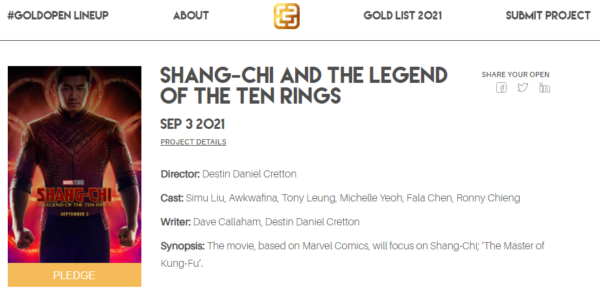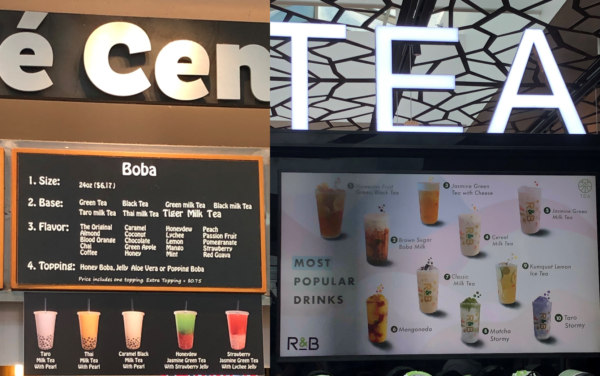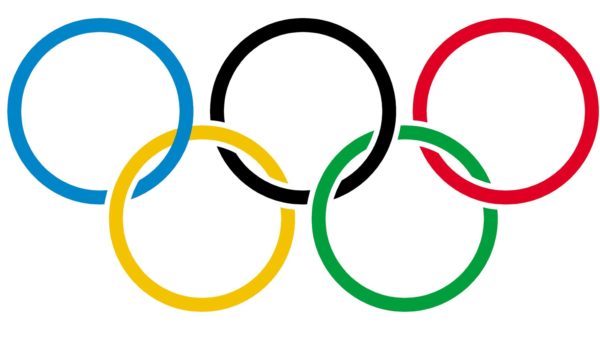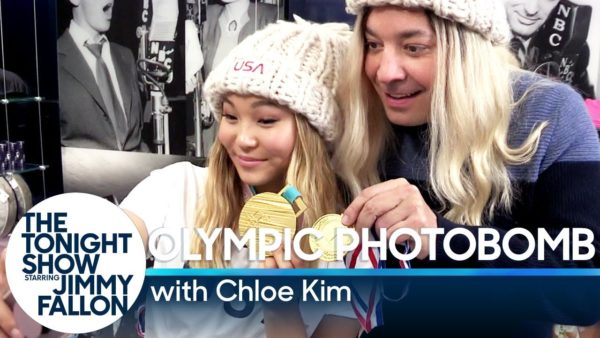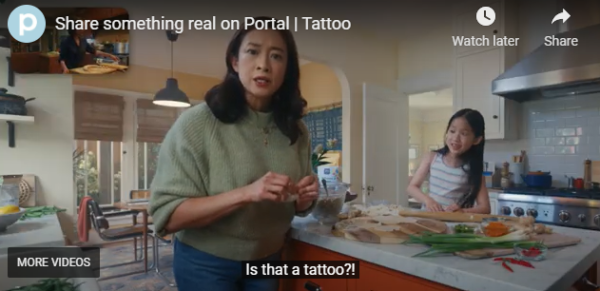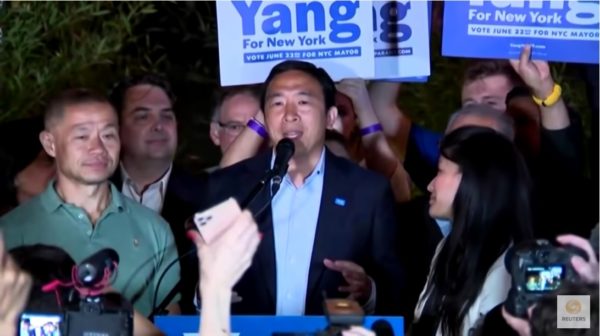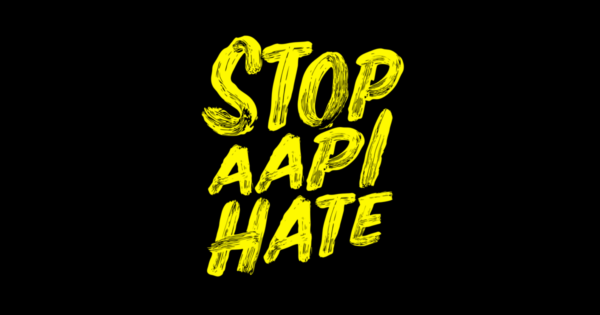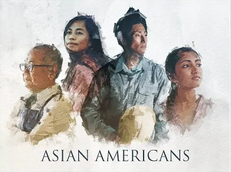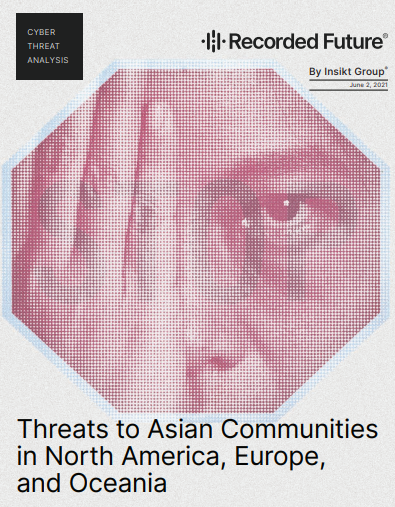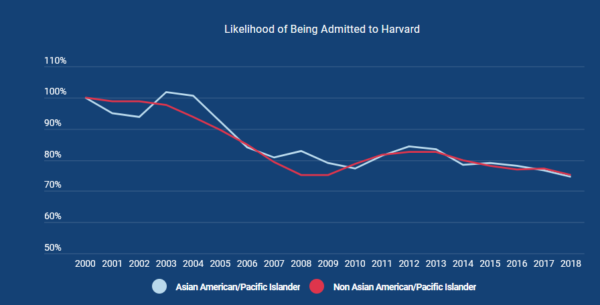
graphic credit: Center for Education and the Workforce
When I first read that research from Georgetown University’s Center on Education and the Workforce claims that there is no strong evidence of admissions discrimination against Asian Americans in the 90 most selective colleges in the US, I was skeptical. After reading the summary and more detailed report, I became much less skeptical of the results, and I thought it had some interesting insights worth adding to the debate about affirmative action and Asian American college admissions. I’ll go over the article, talk about its insights, and go over a few issues I have with it.
Here is a quick summary of the study’s three key points:
- Stagnant enrollment shares do not, by themselves, mean Asian American students are discriminated against at selective colleges.
- Asian American students indeed face a lower rate of acceptance at the most selective colleges than other racial and ethnic groups, but they are also much more likely to apply to these colleges, regardless of their test scores.
- Even if standardized test scores were the only factor considered in admissions, the Asian American share of enrollment at the most selective colleges would increase by no more than 2 percent
Regarding the first point, the report uses the graph at the top to show that while it’s been getting harder for Asian Americans go get into Harvard (compared to the admission rate in at 100% in 2000, it’s been getting just as hard for everyone. The second point I thought was an interesting one – Asian Americans are more likely to apply elite colleges whether or not they have sufficiently enough good test scores. I had never really thought about that before, but that point did make me remember Asian American parents who have pushed to their children to apply to elite schools even though I could tell, from years of experience as an alumni interviewer and my own children’s admission experience, that they probably wouldn’t get into those. Sometimes Asian Americans kids would do this on their own – I remember my own children applying to elite schools that for which I felt they had no realistic chance of getting in. The common app makes applying to many schools really easy. As a parent, it is hard to say no to their ambitions, although it would have saved me some application fees!
The third point is definitely discussion-worthy and has fascinating implications. The authors of the remote simulated a test-only criteria for the cohort of high school students who were freshman in 2009. The simulation resulted in that year’s Asian American admissions into elite schools increasing from 12% to 14% – a gain of only two percent. They also point out many Asian Americans who were admitted under holistic admissions would NOT be admitted under a test only scheme. That is something that many Asian Americans do not think about or care about.
The simulation also shows that under test score only admissions, Asian Americans would still have a 70 point higher median SAT score than non-Asians. The “Asian Penalty” for SAT scores that year increases from 40 to 70 points, according to this analysis. In addition, in the latter case it really isn’t a penalty (since scores only) but just part of the score distribution of Asian Americans who apply – correlation not causation.
While I thought that this study had provided great insights, I still have some concerns about this data. They looked at one year for the scores simulation – perhaps no other year was available – but what if this was an outlier year? Also, using a scores only approach is not realistic. Scores and grades perhaps? Some might argue that that is more objective, but grades can be gamed – take easier classes, lean on teachers to create grade inflaction, etc. I would like to see more years simulated and more situations taken into account.
While I linked to a summary of the report, the full report is available here.
